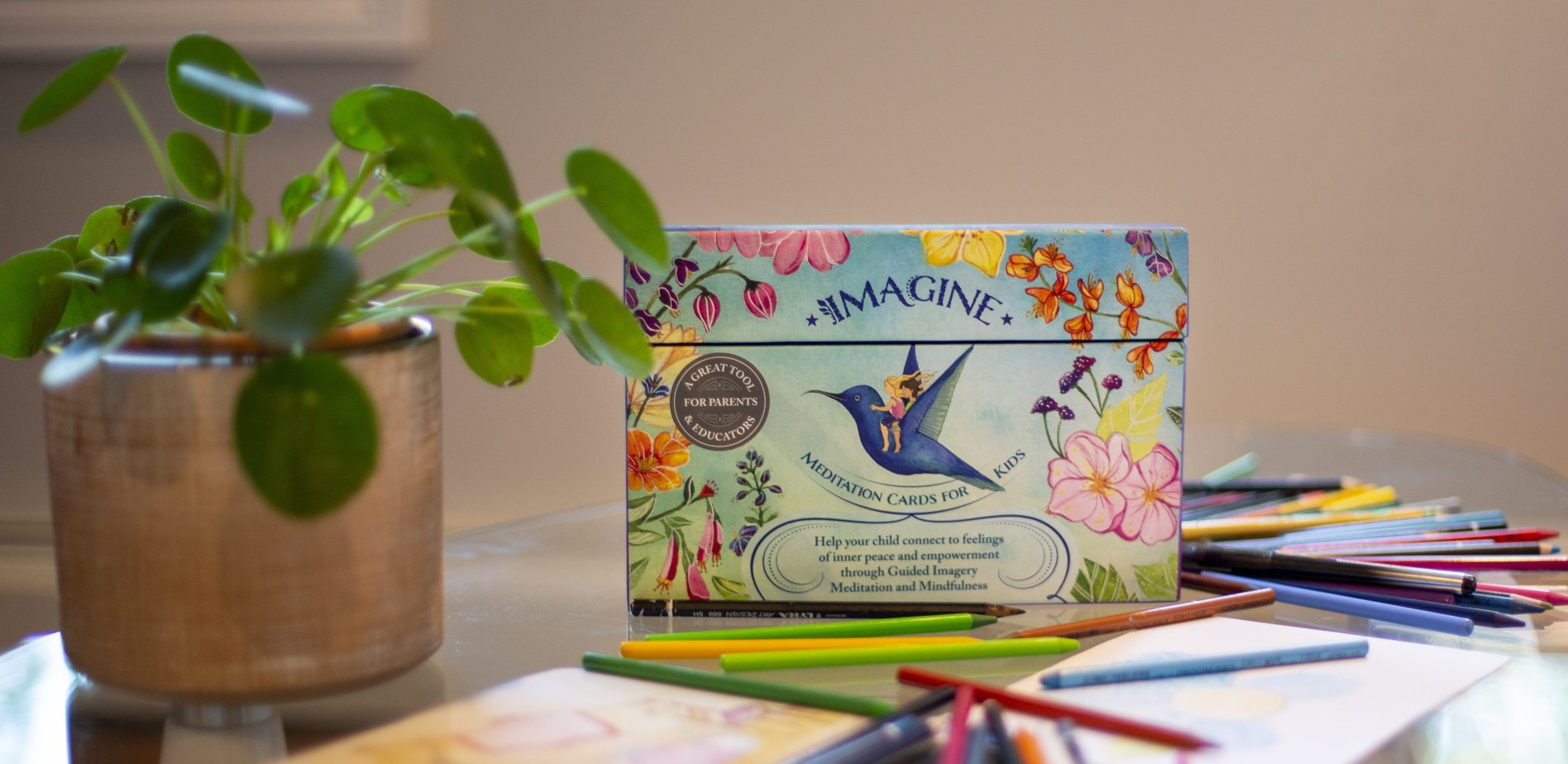"I LOVE YOU, HEART!” - A Few Tips on How to Practice Self-Love
Working on the next version of our meditation cards for kids (very exciting!!), one of the basic themes I wanted to bring forth in this kit was self-love.
The
definition of self-love is actually pretty simple:
a. An appreciation of one's own worth or virtue
b. Proper regard for and attention to one's own happiness or well-being
And its application couldn’t be more necessary (just read
Why Is Self Love Important?).
Self-love is the key to a positive self-image. It gives us confidence and the belief that we can love and be loved.
When we love ourselves just the way we are, we become greater versions of ourselves. Moreover, when we approve of ourselves fully, we feel motivated to take good care of our bodies and minds and to make healthier choices that are not made out of guilt, a need to please or a desire to avoid conflict.
Self-love makes us more powerful, as we are more committed to our personal happiness and well-being. With self-love we get better at allowing ourselves to make mistakes or to fail and learn from the experience. And above all, practicing self-love is a great way to lower stress levels, helping us to feel more confident in our abilities and inner stamina regardless of how others perceive us.
“After years of individual counseling with clients and conducting hundreds of workshops and intensive training programs across the country and around the world, I found that there is only one thing that heals every problem, and that is: to know how to love yourself.” Louise Hay
Showing love towards oneself should be one of the basic teachings we offer ourselves as the intellectual and emotional beings that we are, and just as important, it is our responsibility to pass it on to our kids.
We know that this was never necessarily on the curriculum at school.
More often than not, we were brought up to believe that validation and individual worth come from outside sources, such as school grades, athletic achievements or desired social circles. Self-love is about finding happiness within ourselves just as we are in the present moment, and not relying on any external recognition.
Practicing self-love will not only benefit us on an individual level, but will also make it easier for us to love and accept others. When we truly accept who we are, with all our flaws and quirks, it also gives us the freedom to accept others with all of their flaws and quirks as well. Oh, and just to get this out of the way – there’s nothing selfish about self-love. Remember that you can’t pour from an empty glass.
So, here are a few tips for you and your kids on how to practice self-love:
- When you see your reflection in the mirror, smile! And say “I love you” to your reflection. (Hey, why not?)
- When you go to sleep at night, tell yourself what a wonderful person you are, how proud you are of yourself and how you like being in your own company (you’re going to love doing this).
- When making choices, always consider what will increase your happiness and sense of well-being. You are worthy and capable of good things.
- When you’ve made a mistake, acknowledge that you are human and will therefore make mistakes sometimes – and that’s OK.
- Tell yourself a few times a day “I love myself completely.” You wouldn’t believe the impact this has.
Have a very happy Valentine's Day!
The Imagine Blog



